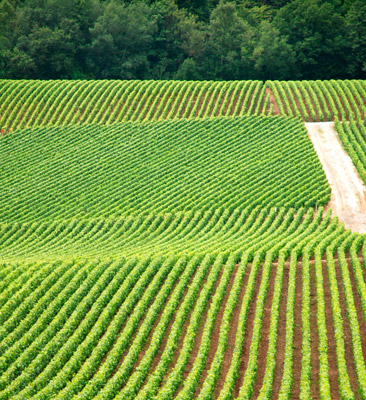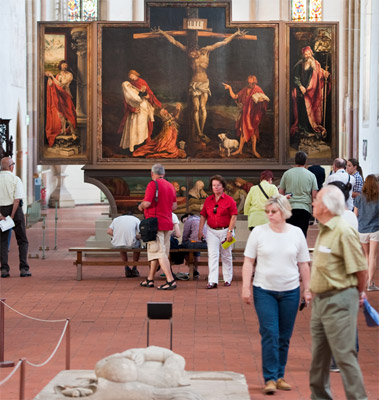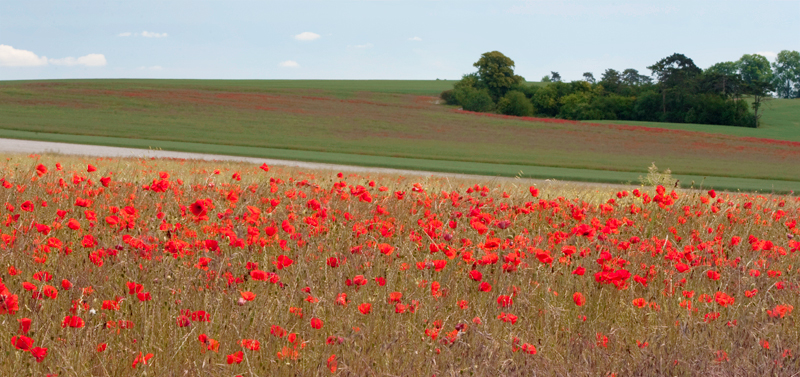This region offers plenty of child-friendly museums; kids who do not have an inclination for art museums are in luck.
Mulhouse has two wonderful, world-class museums, so large that they call them “cities”: the Cité du Train and the Cité de l’Automobile. Nearby, the
Ecomusée d’Alsace at Ungersheim is a whole museum village. At
Troyes, there is the unusual Musée de l’Outil et de la Pensée Ouvrière. In
Chantilly, the Musée Vivant du Cheval features a collection of horses and riding displays.
Nausicaá in Boulogne is effectively a museum of sealife.
Be sure not to miss the excellent art museums at
Reims,
Amiens and Chantilly, while
Strasbourg and Troyes each have a Musée d’Art Moderne that stretches back to the late 19th century. At
Colmar, the Musée d’Unterlinden has something for everyone, from Matthias Grünewald’s splendidly gruesome Isenheim altarpiece to crossbows and jelly moulds.



